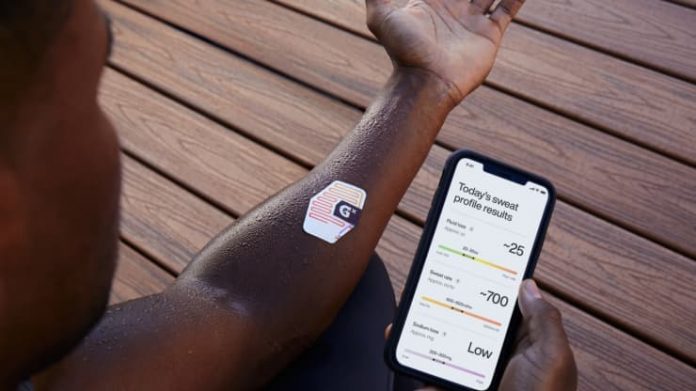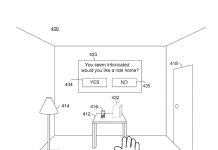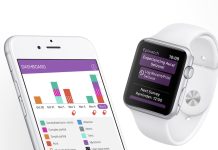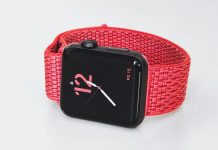Wearables with Galvanic skin response (GSR) sensors first made headlines when Jawbone UP3 was being planned for released way back in 2014.
While Products like the Apple Watch and the Fitbit Charge HR use optical heart rate monitoring, which flashes light on the skin to track blood flowing through the capillaries below, Jawbone’s UP3 was the first tracker with bioimpedance capabilities.
Contents
Related reading
- Wearables will play a pivotal role in epilepsy seizure management
- Apple exploring adding Spectrometers into future devices for advanced health sensing and more
- Google’s new AI Powered health tool helps you understand skin conditions using your phone’s camera
- New on-skin biosensors show great potential for next-gen wearables
Long History of GSR Sensors on Wearables
Research showing Galvanic Skin response and detection of stress were becoming popular as early as 2012. [1]
Instead of simply relying on light sensors, the Jawbone UP3 was designed to send a small electrical current through the body and measure tissue’s resistance to it.
The plan was to release a whole set of over-the-air updates in 2015 to track moment-to-moment heart rate, respiration, hydration, and galvanic skin response.
Unfortunately, in 2017 Jawbone went out of business, and the founder, Hosain Rahman, started a new company called Jawbone Health with some of the former employees. Interestingly, Jawbone Health raised $65 million in 2019 for the company’s new health ambitions.
Other wearable companies also tried the GSR route in the past. The headliner in 2016/2017 was a London-based startup called Vinaya.
The company’s wearable Zenta was expected to house GSR sensors that could help with tracking emotions and stress.
Although the UP3 or Zenta never made it big, GSR technology came back to the forefront one more time with the release of Fitbit Sense just this last year.
The Fitbit Sense added two new sensors.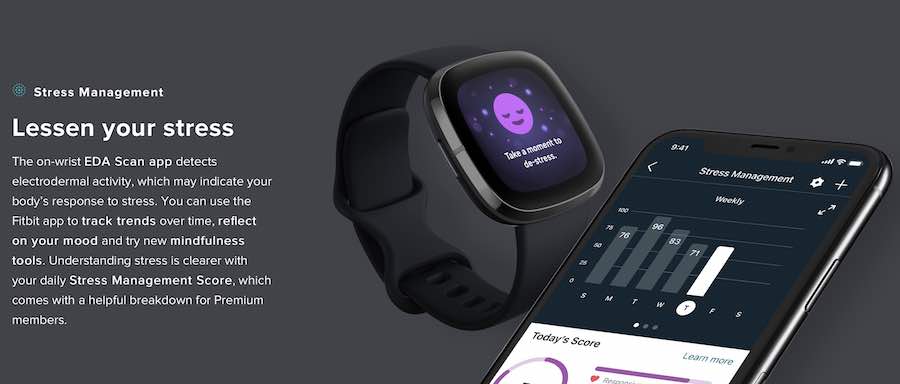
The first is the electrodermal activity sensor that measures minute changes in skin conductance to measure stress levels, and the second was the skin temperature sensor.
Both HRV(Heart rate variability) and skin temperature can be sensitive indicators of stress.
Research shows that skin temperature decreases in cases of stressful events from an average of 32 to 35 degree Celsius.
By combining the readings from the GSR and linking it with other heart rate metrics, Fitbit Sense is able to detect a meaningful Stress level indicator.
Just not Fitbit. Apple has been exploring the idea since the inception of the Apple Watch
Given the potential, it is no surprise that companies such as Apple have been also looking at incorporating a GSR sensor into the Apple Watch.
If you review the original Apple Watch patent filing carefully that had Johny Ive as one of the inventors, you will be amazed at how much of the functionality originally planned for the Apple Watch is yet to come to fruition.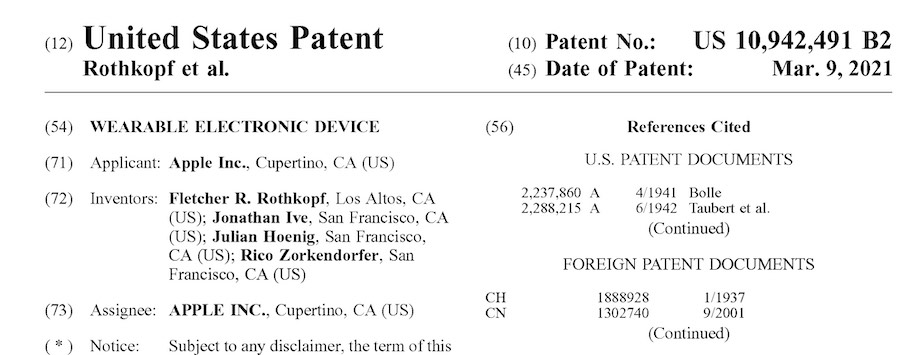
“A second light source of the array of light sources may include an infrared LED adapted to detect the water content of the body. The health metric may include one or more of: a heart rate, a respiration rate, a blood oxygenation level, and a blood volume estimate.
In some embodiments, the device also includes at least one pair of electrodes disposed on an exterior surface of the housing. In some cases, the signal is used to compute an additional health metric that includes one or more of: a heart function, a body fat estimate, and a body fat estimate.”
This same Apple patent further describes:
“In some aspects, the consumer product includes one or more biosensors. Example health metrics include, without limitation, a heart rate, a respiration rate, blood oxygenation level, a blood volume estimate, blood pressure, or a combination thereof.
In some embodiments, the biosensors include an electrical sensor that may be used to measure electrocardiographic (ECG) characteristics, galvanic skin resistance, and other electrical properties of the user’s body.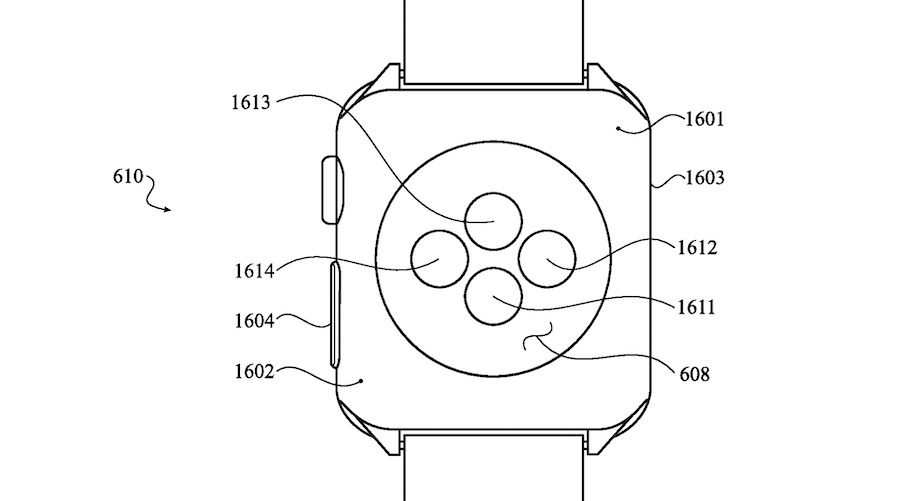
An example consumer product having multiple biosensors is described below with respect to FIG. 16 and with respect to other examples herein. “
Of all the features described in the original Apple patent, the one that users finally received via Apple Watch Series 6 was the blood oxygenation level.
It will not be surprising to see a GSR sensor in the upcoming Apple Watch Series that can detect skin temperature and more.
There are plenty of rumors out there that both the Apple Watch and the Samsung Galaxy Watch will be able to perform non-invasive blood glucose monitoring soon.
Novel Applications of Galvanic Skin Response Sensors
In general, sweat sensing technologies have enormous potential for applications ranging from athletics to neonatology, pharmacological monitoring, to personal digital health, to name a few applications.
This is because sweat contains many of the same biomarkers, chemicals, or solutes that are carried in the blood, which can provide significant information enabling the diagnosis of ailments, health status, toxins, performance, and other physiological attributes even in advance of any physical sign.
Furthermore, sweat itself, and the action of sweating, or other parameters, attributes, solutes, or features on or near the skin or beneath the skin, can be measured to further reveal physiological information.
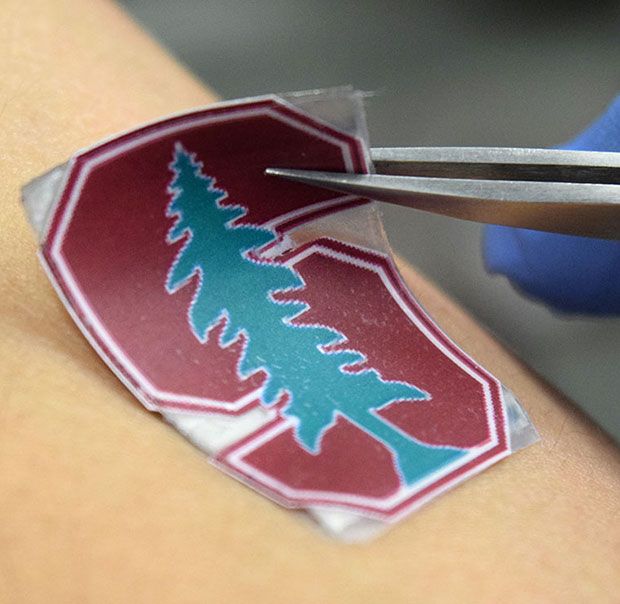
A good article published in the journal IEEE Transactions on Biomedical Engineering, titled “Adhesive RFID Sensor Patch for Monitoring of Sweat Electrolytes,”; and the article published in the journal AIP Biomicrofluidics, 9 031301 (2015), titled “The Microfluidics of the Eccrine Sweat Gland, Including Biomarker Partitioning, Transport, and Biosensing Implications” showcases a large number of interesting potential commercial applications based on Galvanic Skin response and Analyte sensors.
It was demonstrated in various studies, such as the “Stress and alcohol: Epidemiologic evidence” article of Keyes et al. (2012), that people who are often stressed are more likely to be diagnosed with Alcohol Use Disorders (AUD) than people who are less stressed.
Also, the results of the research conducted by Pohorecky (1991) titled “Stress and alcohol interaction: An update of human research” stated that a high level of stress may lead to an excessive intake of alcohol.
Electrodermal sensors can not only detect stress but can also be used to monitor blood alcohol levels and therefore be helpful in helping to combat Alchohol abuse disorders.
How does an electrodermal sensor exactly work?
When an individual experiences stress, a chain of biological events transpires starting with the hypothalamus gland secreting a hormone called “Corticopin Releasing Factor” (CRF). As CRF enters the bloodstream, it launches several events.
To start with it causes the pituitary gland to help with releasing a hormone called ACTH that subsequently signals the release of glucocorticoid hormones from the adrenal glands.
As the hormone cortisol is released, it increases glucose in the blood and the rapid chemical processing of fats and amino acids.
This, in turn, provides excess energy for muscles to respond to the stimulus (stressor).
This phenomenon, known as the “stress response,” can be characterized by changes in body temperature, heart rate, and physiological-arousal state.
It is possible to quantify these physiological biomarkers and measure their relationship to the onset of stress triggers.
What can electrodermal sensing help with?
Studies have also shown the benefits of GSR monitoring for epilepsy patients. “Effect of Galvanic Skin Response (GSR) Biofeedback Treatment in Patients with Epilepsy.” Jun. 2003 Journal of Neurology Neurosurgery and Psychiatry.
Other applications that have been studied extensively are around monitoring depression with GSR sensors [2].
Along the same lines, researchers are also using GSR-based wearables and patches to learn more about Parkinson’s disease detection and stroke. [3]
A new breed of sweat sensors is being developed today that could be leading us into the next level of transformation. From monitoring biophysical signals to monitoring biochemical signals for disease detection and more.
Sweat contains many indicators relating to cell health and organ function (such as electrolytes), the immune system (cytokines), and drug interactions (metabolites).
Sweat sensors are being developed that capture chloride, glucose, lactate, urea, creatinine, alcohol, pH, and even heavy metals. [4].
Quantifying protein and hormone levels in sweat would increase these sensors’ applicability further.
Wearable technology with EDA sensors
Senstream, a SanFrancisco based company founded by Hugh lusted, who was at Stanford University School of Medicine, is exploring this avenue.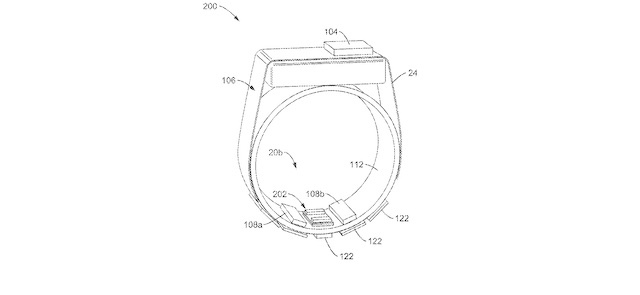
The company is pursuing a wearable of the ‘ring’ type that can help with continuous monitoring of the sympathetic nervous system via an electrodermal sensor.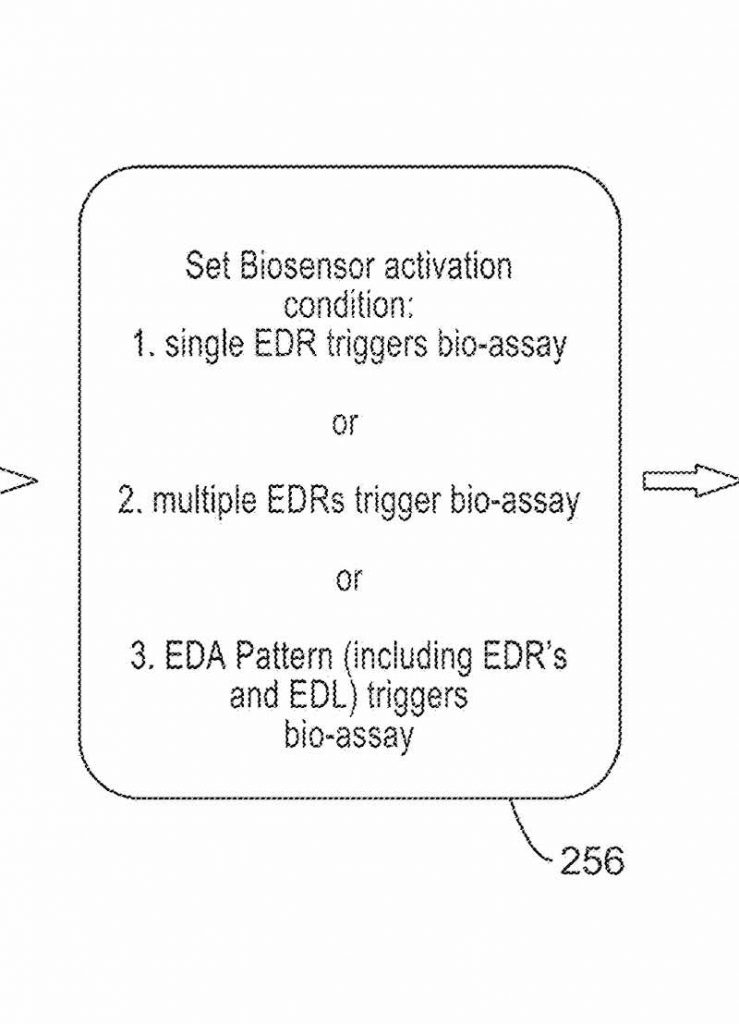
The ring is designed to house an EDA sensor along with a biosensor that gets activated in certain situations and triggers the bio-essay so that a chemical analysis can be done to determine an appropriate biomarker.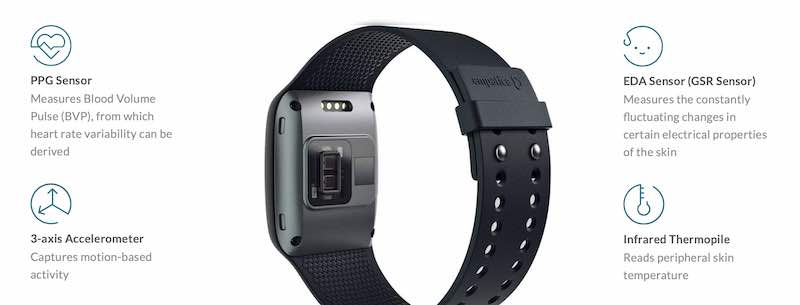
Empatica wearable is another device that has an electrodermal sensor and is being used in different health monitoring and research applications.
Biofourmis is another company that has a wearable called Everion, that is used for remote health monitoring applications. This wearable also has electrodermal sensors and skin temperature sensors that can help with understanding emotional responses and more.
The Sports Patch by Gatorade
More recently, Gatorade launched a path that can help monitor your hydration levels.
Gatorade says the patch should be worn on the left inner arm during a single workout. After finishing the workout, users can scan their patch using Gatorade’s app, Gx, to reveal their unique sweat profile.
The sweat profile is based on sweat levels, sodium losses in the forearm, body weight, and workout type or intensity.
The aim is to provide users with hydration strategies to maximize performance and avoid cramping or dehydration. Results can tell you everything from fluid and sodium loss to the rate you sweat and compare it with other workouts. These patches will sell for $24.99.
We hope that this article provided you with a good overview of the history of electrodermal sensors in wearables, current products with GSR sensors, and some of the novel research that is being currently done in this area.
Please feel free to share your thoughts using the comments below.
References:
[2] Monitoring depression with GSR sensors
[3] GSR sensors and detection or Parkinson’s disease and stroke

